Gravel biking – everything you need to know about this off-road discipline
A crash course on the most popular buzzword in cycling and what it means for your gravel biking choices
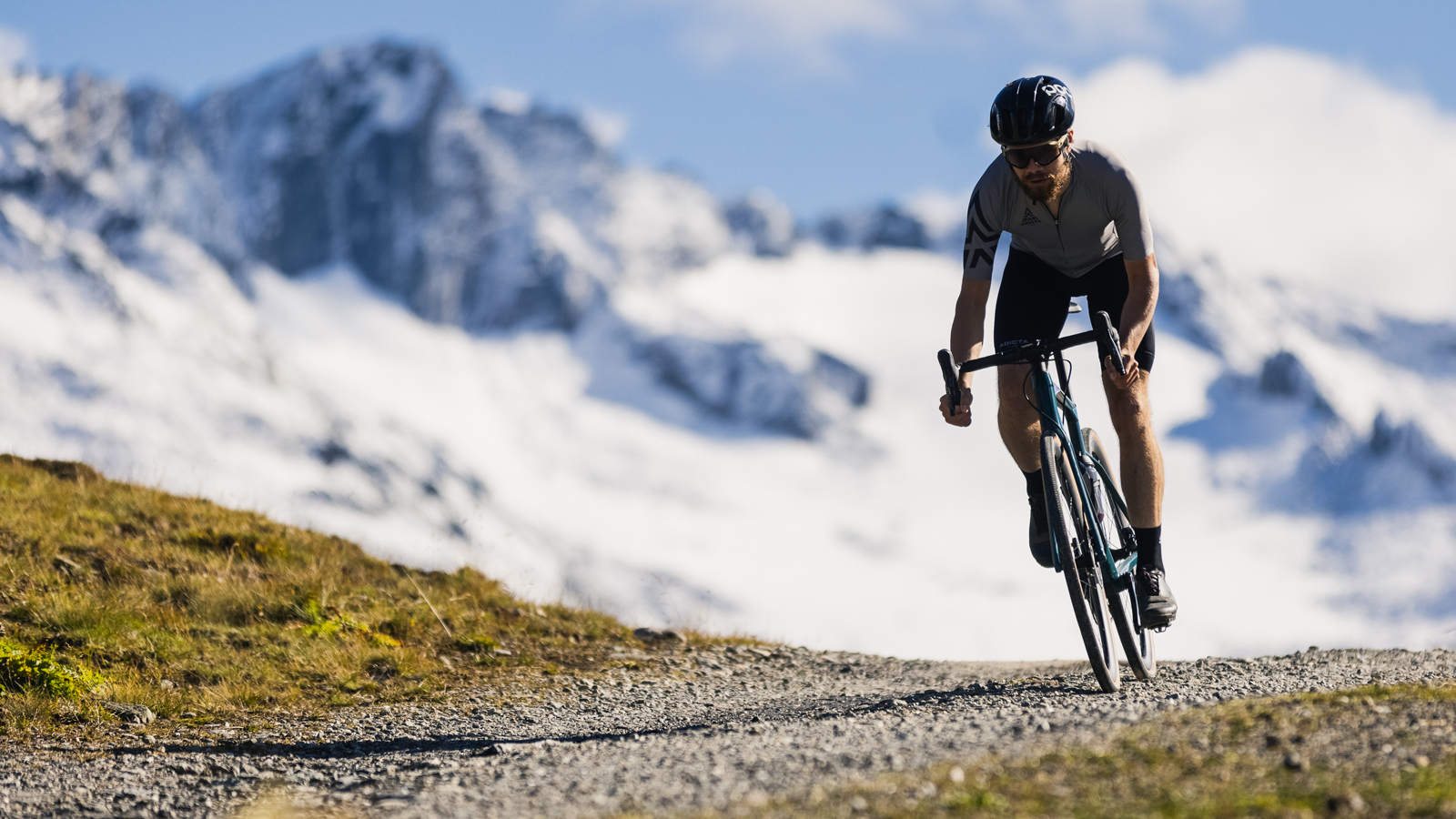
Gravel biking is one of the biggest growth areas in all of cycling right now. New people are joining the experience every day, there are new adventures to be had and new paths to explore, and many of the biggest names in cycling have ranges that include the best gravel bikes, through to more affordable budget gravel options. Just what is a gravel bike though? If you’ve heard the buzz and are curious about what’s going on then we are here to help explain what it’s all about.
First, let's get one thing out of the way: riding on gravel is not new. No matter what you've heard from marketing departments the world over, it's actually really old. The original Tour de France would probably pass for modern gravel biking, and most comment sections would be happy to remind you that early mountain biking isn’t so different from modern gravel biking.
That doesn’t really answer the question of what gravel biking is, though. To get to the bottom of anything it’s never a bad idea to look at the history. It's just as true with gravel biking as it is with anything else. Gravel cycling is old but it has come to find a place in the world because of the history that brought it here.
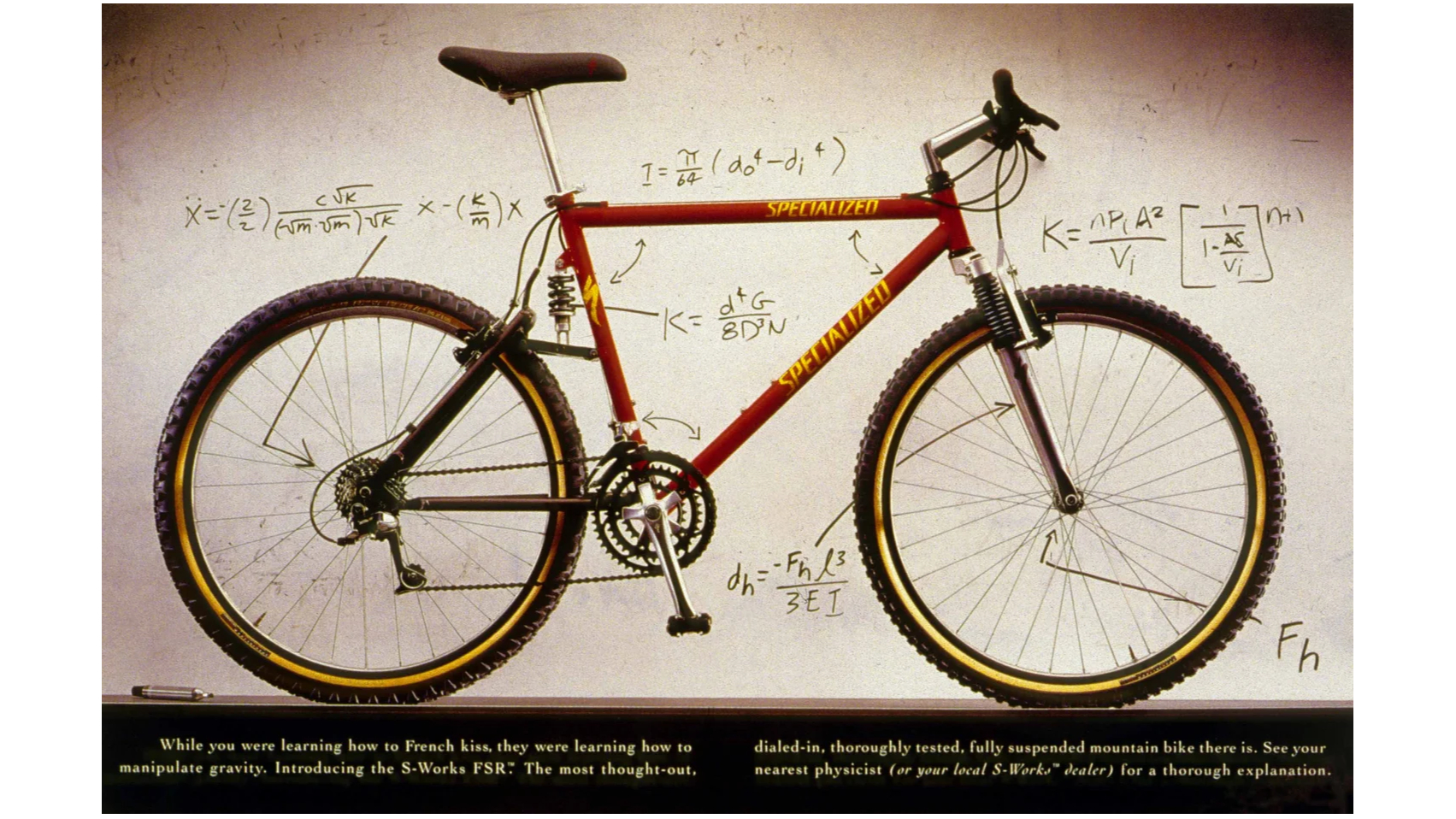
The history of gravel biking
At its core, gravel biking is riding on unpaved surfaces and in many ways, gravel biking parallels automotive history. When cycling was young there weren't extensive networks of pristine paved roads. All cycling was gravel cycling because riding a bike meant riding off-road.
As cars and, by extension, roads developed, so did bikes. Faster and more specialized bikes continued to evolve to take advantage of the road surfaces available. The longer this specialization went on the less suitable bikes became for taking off the roads they evolved to use. Then people got tired of the monotony and started taking their road bikes off-road again.
Mountain biking was born in the hills of California by people who weren't interested in contemporary road biking culture at the time. They used what they had and that meant road bikes but that was a product of necessity. At the beginning of the movement, the tools were poorly adapted and that was part of the appeal. Just like with road cycling, creative people started looking at ways to do it better. The same evolution took place and mountain bikes changed from something resembling a road bike to a seriously specialized machine.
As the best mountain bikes evolved, they drifted from where they started. Modern mountain bikes are incredibly well adapted to their purpose. So much so that there are even deep divisions between types of mountain bikes. No matter what type they are, though they certainly are not anything resembling a road bike, and are not well suited to multi-surface riding.
Somewhere around 2016 or so all these parallel lines started to come together. Road cycling continued to develop, roads continued to be more crowded and less suited to bikes, and mountain bikes drifted further and further down an alternate path. Another important development was also happening on the technology side: disc brakes.
Faster than anyone expected, disc brakes exploded in popularity. This wasn’t just an advance related to stopping power but rather an opportunity to fundamentally change frame design in a way that opened the door for gravel biking to explode. By freeing wheels and frames from needing to accommodate a narrow rim profile for optimal braking there was suddenly an opportunity to make frames that worked both on–road and off-road.
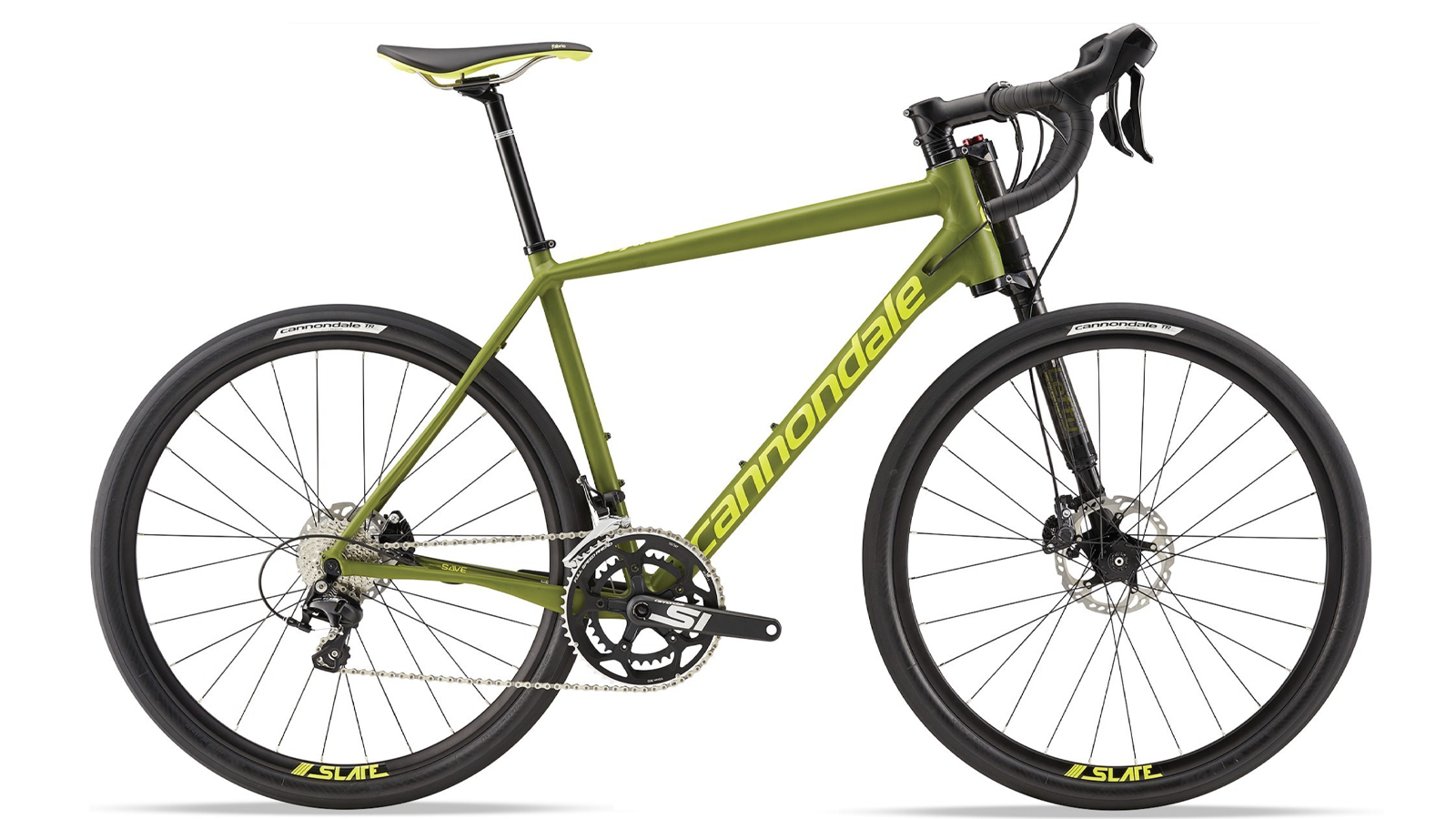
Gravel bikes enter the scene
In many ways, the tools for gravel biking followed behind the trends. Endurance road bikes with disc brakes and bigger tire clearance started to show up on unpaved roads. It wasn't really optimal but for many road surfaces something with space for tires in the 30mm range was good enough. The brands building bikes took notice of what people were doing and started to fill a need.
At this point, gravel biking started to follow a well-worn path. Consumers used the tools available to them in new and novel ways and brands responded with increasingly specialized tools. Gravel bikes arrived in a big way but with no clear definition, it was a time of innovation and ideas. The starting point was endurance road bikes but designers had the opportunity to try out all kinds of ideas and see what worked.
The definition of modern gravel biking
Whatever gravel biking might have meant there has come to be a generally understood meaning of the term. If you tell someone you are planning to do some gravel riding, they will expect you are going to ride a drop bar bike on an unpaved surface. They will probably also expect it to be an endurance-focused ride no matter the length.
Now in truth gravel biking means different things to different people. For some, gravel bilking means jumping on a do-it-all bike after work and riding through the city until the road ends, then continuing. For others, gravel biking means driving to the ride and never touching a paved road. There’s also gravel racing and even that splits into something like a road race but off-road or adventure racing where it’s all-about long distances and rugged terrain. You even get gravel enduro formats, made popular by Grinduro, where you race timed segments along a route.
From an industry perspective, modern gravel biking falls into three main categories. All-road riding is most like road cycling but it also covers roads that lack pavement. Adventure cycling is where bikepacking falls and it's anything from light mountain biking to racing across continents. Gravel racing is the last category and this is starting to look more and more like road racing but over longer distances and unpaved roads. These categories don't have to mean that much to a rider but they are the categories that most gravel-specific equipment is being targeted to.
Gravel biking means inclusion
Just like mountain biking was, in some ways, a reaction to the stereotypical European road cyclist of the time, gravel biking is a reaction to contemporary mountain biking and road cycling. Right or wrong there is a sense that other types of cycling have come to be exclusive. If you don’t fit the mold then you can feel like an outsider in both modern mountain biking and modern road cycling. Gravel biking strives to be different. The genre actively eschews performance metrics and prizes exploration. If there’s anything gravel biking stands for it is having a good time at whatever level and place you come to the sport.
What kind of clothes do you wear?
Inclusion is far more important than particular clothing. Wear whatever you like. Some people prefer a traditional road cycling outfit and others prefer more of a mountain bike aesthetic. Given the popularity of gravel biking as a genre, the clothing brands have responded. The answer seems to be coalescing around a look that’s in between mountain and road. Not quite baggies and not quite lycra. If you are thinking about it purely from a performance standard you won’t go wrong with form-fitting clothes but you want something more rugged than road-specific cycling clothing. The best gravel bike shorts, for example, could be loose-fitting waist shorts, or cargo bib shorts with lots of extra storage.

What kind of bike do you need?
Gravel bikes trace their lineage from endurance road bikes. That means they tend to be drop bar bikes but not always, and gravel bike geometry borrows from the comfort and longevity of endurance road bikes. There have been companies who have, over the last few years, gone the route of offering flat bar gravel bikes. More than anything, what you want is an appropriate amount of tire clearance. Look for something that will handle at least 40mm tires. Along with the tire clearance, gravel biking leans towards long endurance riding and so the best gravel bike tires that are efficient for pedaling long distances, are going to work best.
The best gravel bike wheels will either come in 650b or 700c. Smaller wheels mean bigger tires and bigger tires mean you can run lower pressure for more comfort and more grip. There’s no right answer here and many bikes will let you swap wheel sizes if you’d like. In general, if your riding is more road-focused, stick to 700c and if it’s more off-road focused then 650b is a better choice.
There are also some gravel bikes with suspension and some without. Gravel bike suspension is definitely nice if you spend most of the ride off paved surfaces. It’s also heavier, more expensive, and more complex so if you do a lot of mixed surface riding then there’s no need to look for a suspension bike. A well-designed suspension gravel bike is completely capable of riding on paved surfaces but it’s not as optimal.

What about cyclo-cross?
Cyclo-cross is not gravel biking. The two genres share the fact that they are places you see drop bar bikes being ridden off paved surfaces but that’s about it. Cyclo-cross is a very specific type of racing and it has bikes and gear that are adapted to that need. Although cyclo-cross bikes and gravel race bike designs have started to come towards each other the two genres continue to be very different.
Cyclo-cross racing is short, intense, and with a need for precise steering. Then there are the rules limiting tire size and the realities of courses that mean there are no long climbs. Gravel biking favors distance and stability. There are no rules and the best gear means whatever works best. There are some visual similarities between the two genres but they are very different. Read more in our gravel vs cyclocross bike feature.
Is gravel biking just an excuse for bike brands to sell another bike?
This is another common complaint in comments sections all over the internet. The answer is no, but it is a little more complicated than that. Obviously, bike brands want to sell you bikes, that's what they do. Bike brands also respond to consumer demand though. They are selling gravel bikes because people are buying them.
You don't have to buy another bike. You could ride an endurance road bike, a cyclo-cross bike, or some kinds of mountain bikes and participate in gravel cycling. The point is inclusivity and if you have a bike that works, then great. There are advantages to a gravel-specific bike though, and it’s great for everyone that they exist as an option.
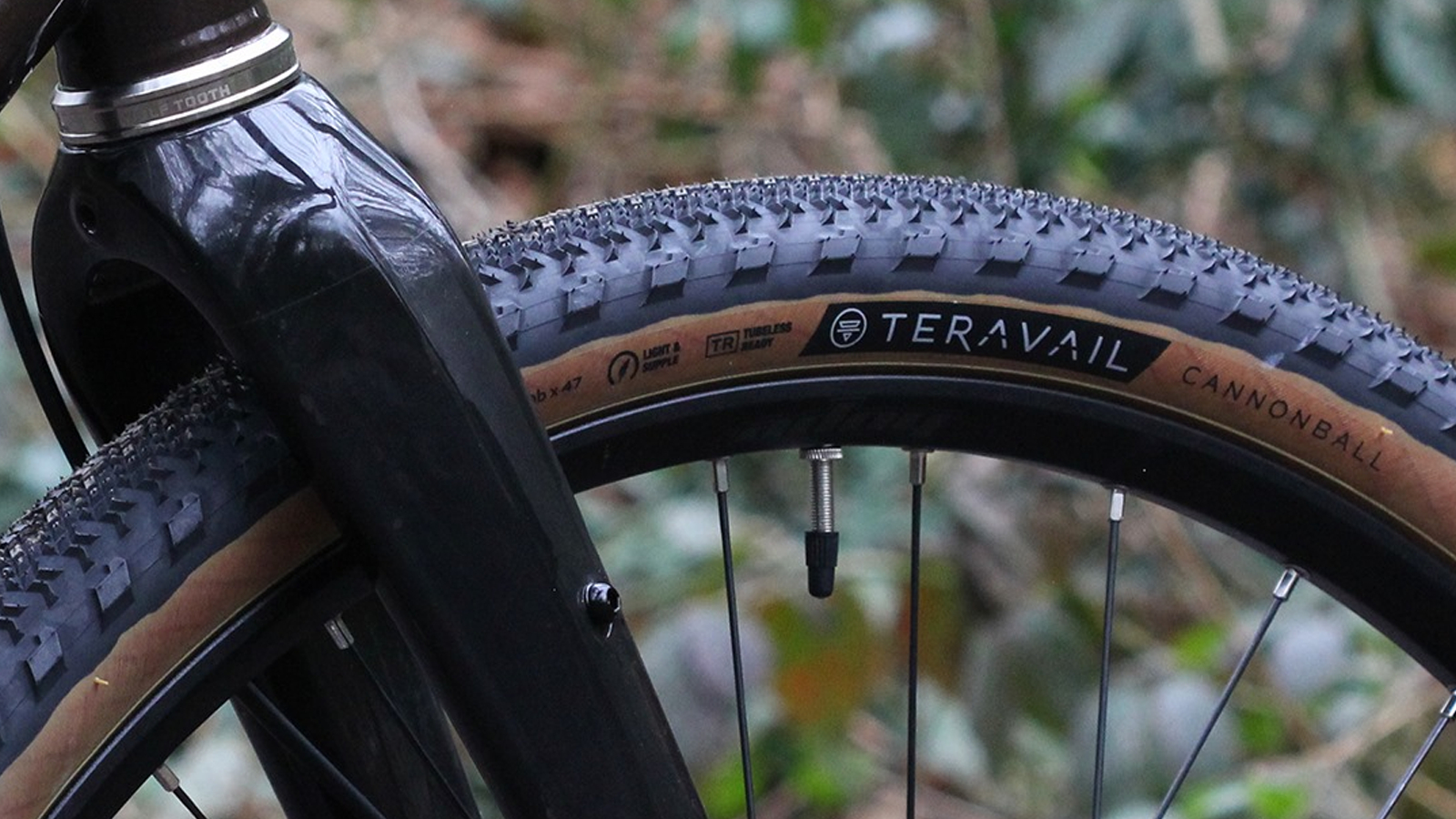
Do you still need a mountain bike?
This answer is a bit unclear. It all depends on the type of mountain bike riding you want to do. Modern mountain bikes are very specialized and very good at what they do. If you want to handle big features and serious singletrack then a gravel bike isn't going to cut it.
Gravel bikes come from endurance road bikes. No matter what kind of suspension or how big the tires are, they tend to be more of a road bike than a mountain bike. Almost universally they aren't great when the going gets rough. If you want to intentionally leave yourself under-biked then a gravel bike might work but they will never be as capable off-road as the right tool for the job.
On the other hand, not everyone uses a mountain bike to ride the most extreme routes. If you find yourself doing only flowing singletrack or reasonably smooth double track then a gravel bike might work. It used to be that the choice was a road bike off-road or a mountain bike. Given that choice many people chose to be over-prepared with a mountain bike even when riding smooth but unpaved roads. Now you have a choice and you'll have to decide what kind of riding you intend to do.
Our gravel bike vs mountain bike feature should help you understand the difference between the two.
Do you still need a road bike?
This is the better question. Over time, equipment gets more specialized. It happened with road bikes, with mountain bikes, with cyclo-cross bikes, and now with gravel bikes. Basically, if you want the best tool for the job then it has to be a specialized tool. If you want to wring every last bit of speed out of your road bike then you are going to want a road bike with none of the compromises inherent in needing to handle multi-surface riding. Not everyone needs that though.
If you go down the specialization path, where do you stop? Should you own an ultralight bike for climbing and an aero bike for flats? Then maybe you add three kinds of gravel bikes for different uses and a fleet of mountain bikes for each specialty. If you are willing to accept some compromise then you might find you really don't need a road bike anymore.
If you're still not sure, check out our gravel bike vs road bike feature.
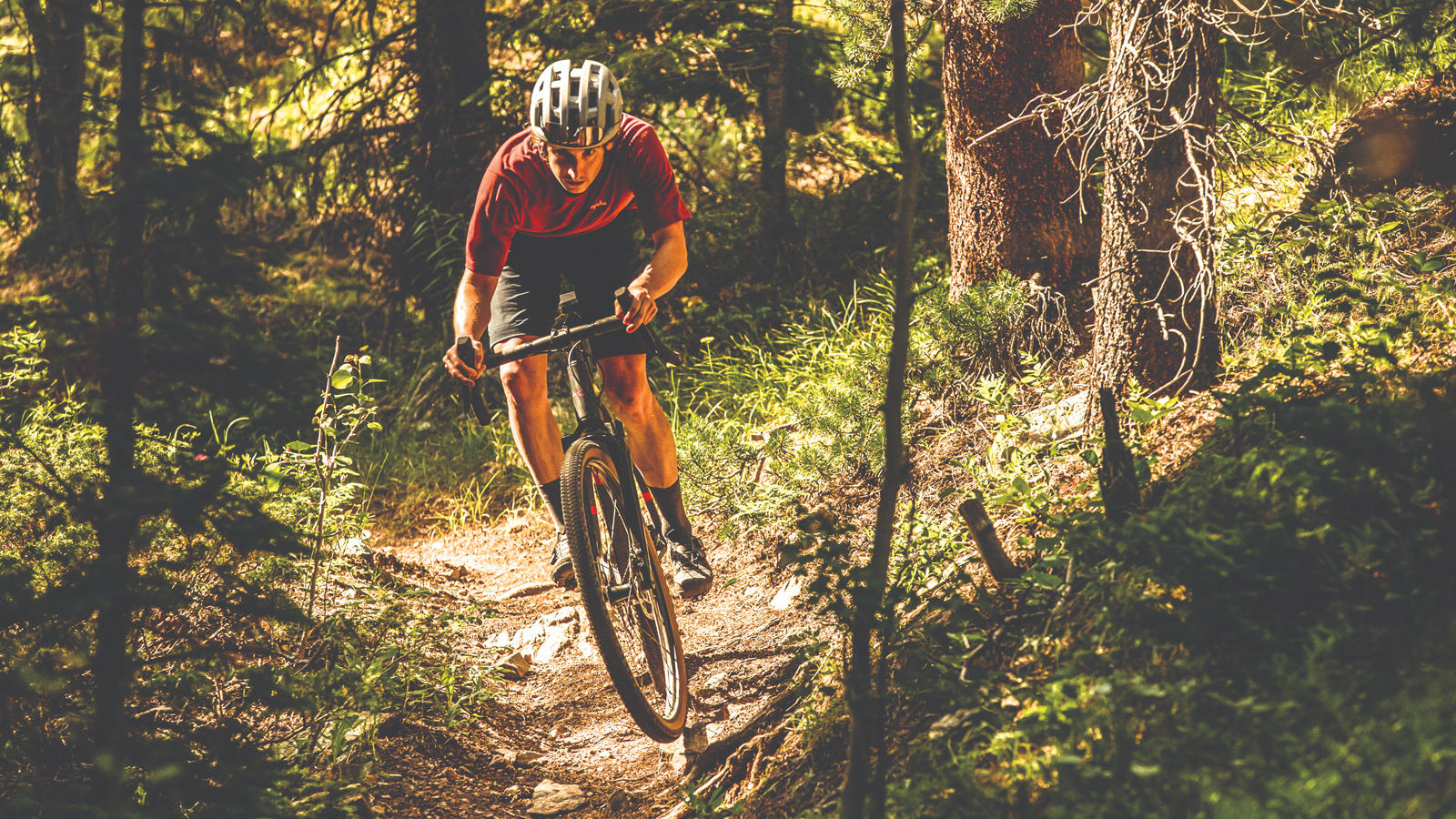
Josh Ross was our US tech writer. He's most happy when talking about the finer details of how bicycle parts and components work, and enjoys putting his thoughts to words. He is a road cyclist at heart but can often be found taking the gravel road less traveled. Although he rarely races these days, he still enjoys a good Zwift session and race but will always choose the real world over pixels. Height: 5'9" Weight: 137 lb.

